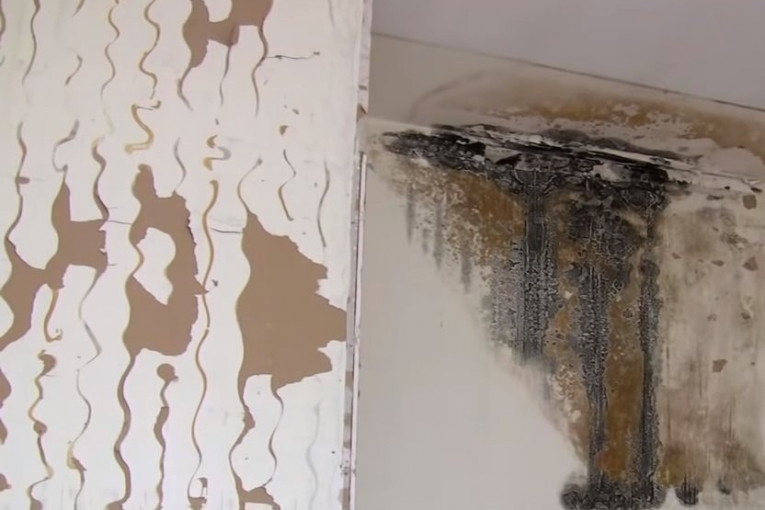When it comes to maintaining a healthy living environment, one invisible threat looms large: black mold. This insidious fungus can silently infiltrate your home, often going undetected until it has taken root, potentially causing serious health issues and structural damage.
For those who have recently tested for mold—whether in response to unexplained health symptoms or visible signs of moisture—understanding how to prevent its regrowth is critical. In this guide, we will explore essential practices that not only halt mold’s advance but also foster a safer, more resilient space.
From controlling humidity levels to ensuring proper ventilation, these proactive steps are your best defense against a future infestation. Join us as we delve into practical strategies that empower you to reclaim your home from the clutches of black mold.
Signs of Black Mold Growth: What to Look For

When it comes to identifying signs of black mold growth, vigilance is key. Look for dark, irregular spots on walls, ceilings, or hidden areas like behind appliances—these often point to molds sneaky presence.
A musty odor, reminiscent of dampness, can also be a telltale sign that something sinister is lurking. Pay attention to any damp or water-stained materials, as black mold thrives in moisture-heavy environments.
If you notice an increase in respiratory problems, unexplained allergies, or persistent skin irritation, it could very well be linked to mold exposure. Inspecting plumbing fixtures and areas with a history of leaks is crucial; even small amounts of moisture can trigger extensive mold growth.
Being proactive in recognizing these signs can make a world of difference in tackling this insidious problem before it spirals out of control.
Importance of Regular Testing and Monitoring

Regular testing and monitoring are pivotal in the battle against black mold, a pervasive intruder that silently thrives in damp, neglected spaces. By routinely checking humidity levels and inspecting vulnerable areas—such as basements, kitchens, and bathrooms—you can catch potential problems before they escalate into full-blown infestations.
It’s not merely about discovering existing mold; it’s about preemptively staving off growth by understanding the environmental factors at play. Consistent vigilance helps homeowners identify moisture issues, be it from leaks or poor ventilation, allowing for prompt action.
Think of it as an ongoing partnership with your environment; by maintaining a regular schedule for testing, you’re not just protecting your home but safeguarding your health and well-being. Remember, a stitch in time saves nine; thorough monitoring today can prevent the costly, labor-intensive remediation of tomorrow.
The Role of Cleaning and Maintenance

Cleaning and maintenance play a pivotal role in thwarting the resurgence of black mold after testing has revealed its presence. Regularly inspecting areas prone to moisture, such as bathrooms, basements, and around windows, is essential—don’t just clean the surfaces; delve deep into nooks and crannies where mold might hide.
Use mold-fighting solutions and ensure adequate ventilation to diminish humidity levels. Remember that mold spores are tenacious and can easily multiply in neglected spaces; even a small water leak can be a gateway to a larger problem.
As you mop, scrub, and wipe, consider this: a disciplined routine of cleaning not only keeps your home sparkling but also fortifies it against any lurking threats. Every surface counts, and the battle against mold begins with your unwavering diligence.
Conclusion
In conclusion, preventing black mold growth is crucial for maintaining a healthy indoor environment, especially following Black Mold Testing. By implementing key strategies such as controlling humidity levels, ensuring proper ventilation, and promptly addressing any water leaks or spills, homeowners can significantly reduce the risk of mold development.
Regular inspections and maintenance are also essential in identifying potential problem areas before they escalate. By staying proactive and vigilant, you can protect your home and health from the harmful effects of black mold, ensuring a safe and comfortable living space for you and your family.


